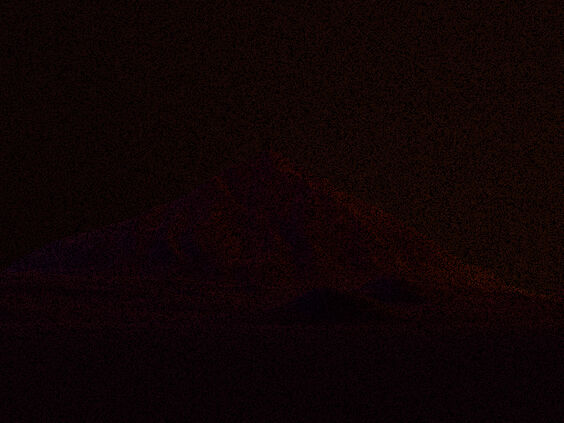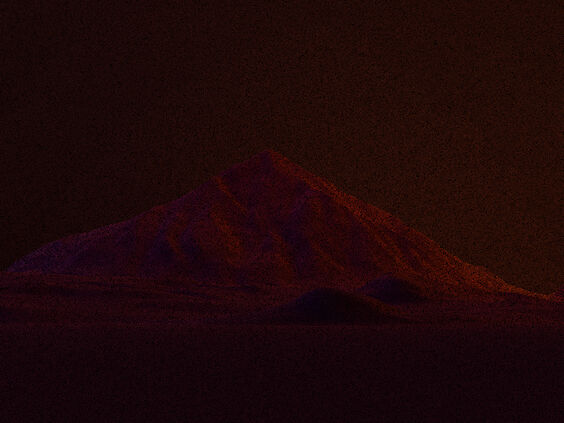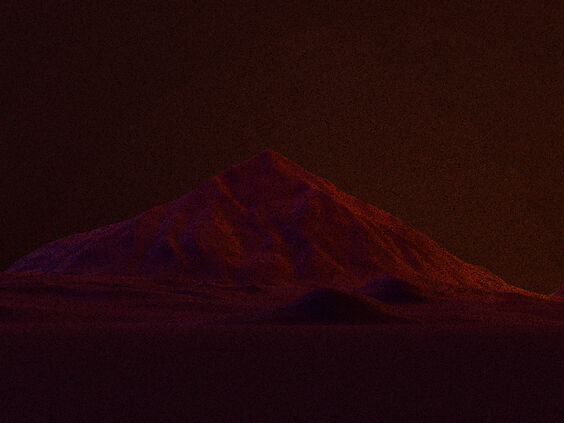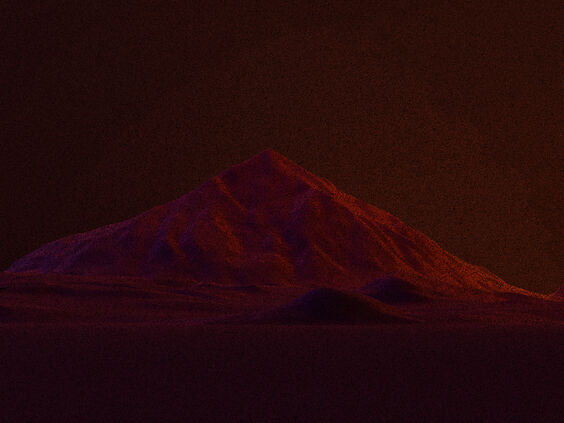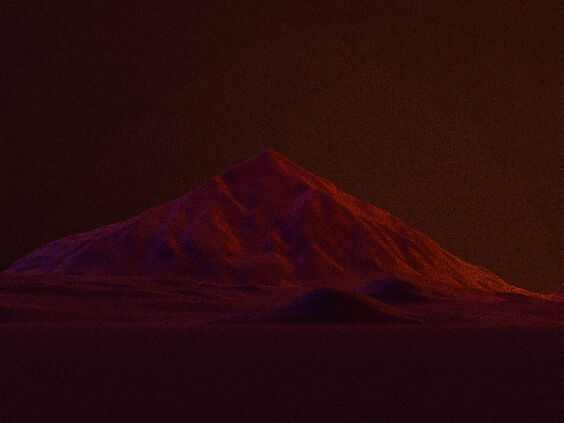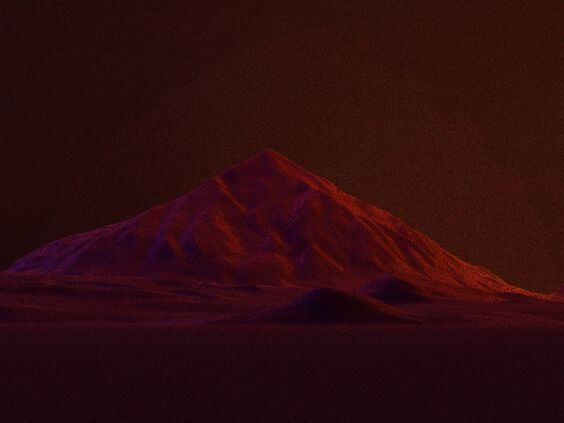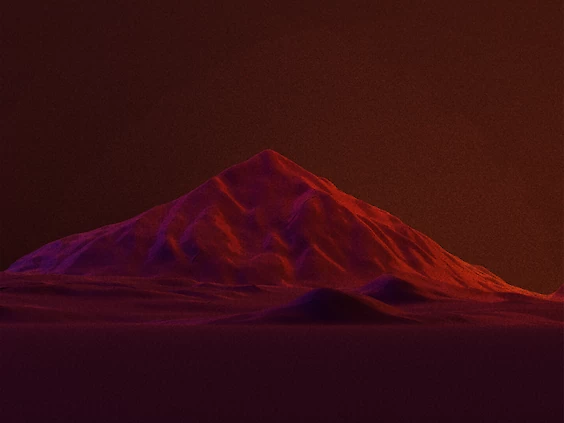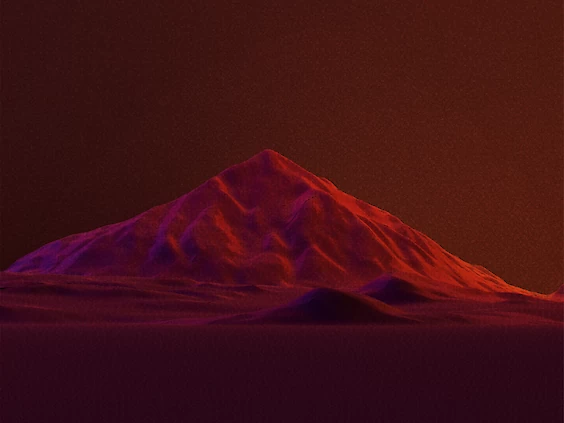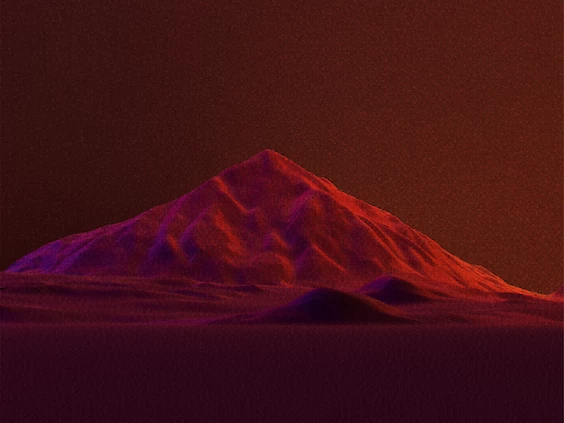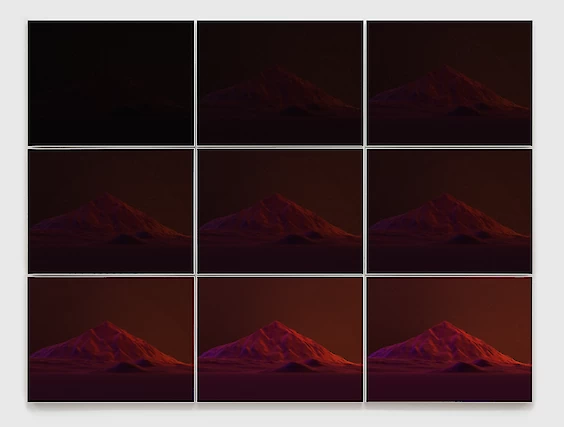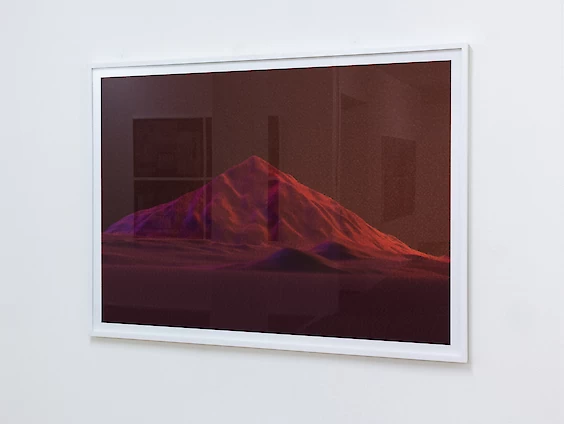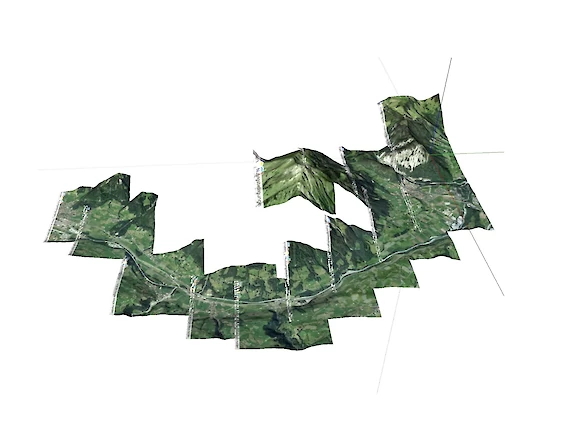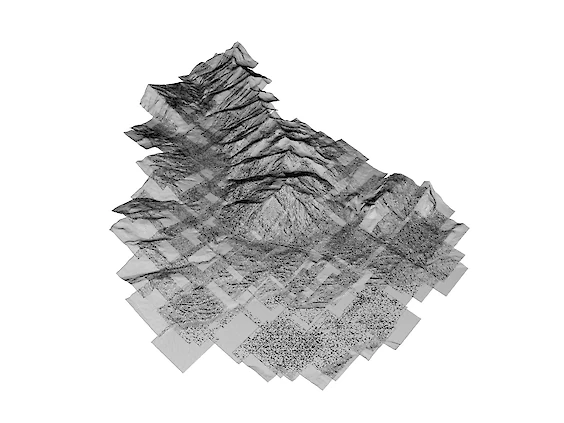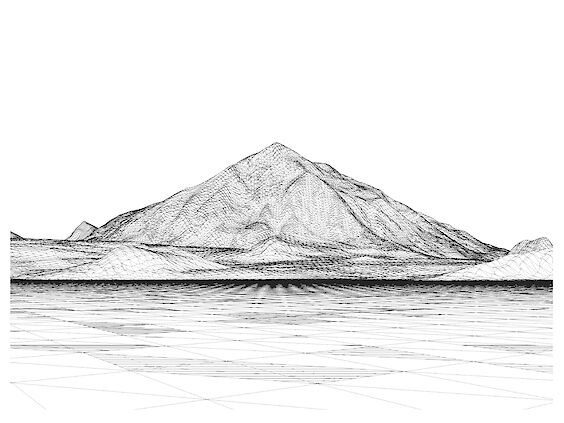Niesen. 2016
The Niesen mountain, a natural pyramid and one of the landmarks in the region around Lake Thun, has served as a landscape motif for multiple generations of painters. Unsurprisingly, the Niesen has almost without exception been painted from the north. Position and perspective were usually anchored on firm ground, from the northern slopes of the mountain and the shores of Lake Thun.
With digital media exerting a decisive influence on our contemporary environment, our view of the world is undergoing constant changes. The digital indexing and coverage of places and landscapes is steadily rising – places far off the beaten track can easily be viewed online. It is possible to adopt endless virtual positions and perspectives - a feat which is nearly impossible to replicate in the body-oriented material world. Using search queries and roaming virtually among landscapes, we increasingly develop a three-dimensional likeness of our world – a parallel world, in which we electronically locate path systems, points of view and visual axes as well as record and store image views of discovered materials.
The pictorial work created under the name "Niesen" is an experiment in the visual representation of 3D data and aims to relocate the genre of abstract landscape painting to the digital workspace. The starting point of this work was 3D data of the topography of the Niesen and its surroundings, taken over directly from Google Earth. All the photorealistic image textures were removed. The 3D Model was finally rendered as an image – from a fictitious position and perspective, hovering slightly over Lake Thun – using two sources of light acting simultaneously opposite one another (east and west). The aim was to create an atmospheric and abstract image of a landscape with the use of digital image processes that do not simply try to imitate a photographic representation, but rather, as is the case in painting, endeavour to create their own reality.
All the images were calculated in their entirety on the computer. No photographs were used. All the pictures have undergone various cycles of lighting calculations and therefore exhibit various levels of image tone values.
